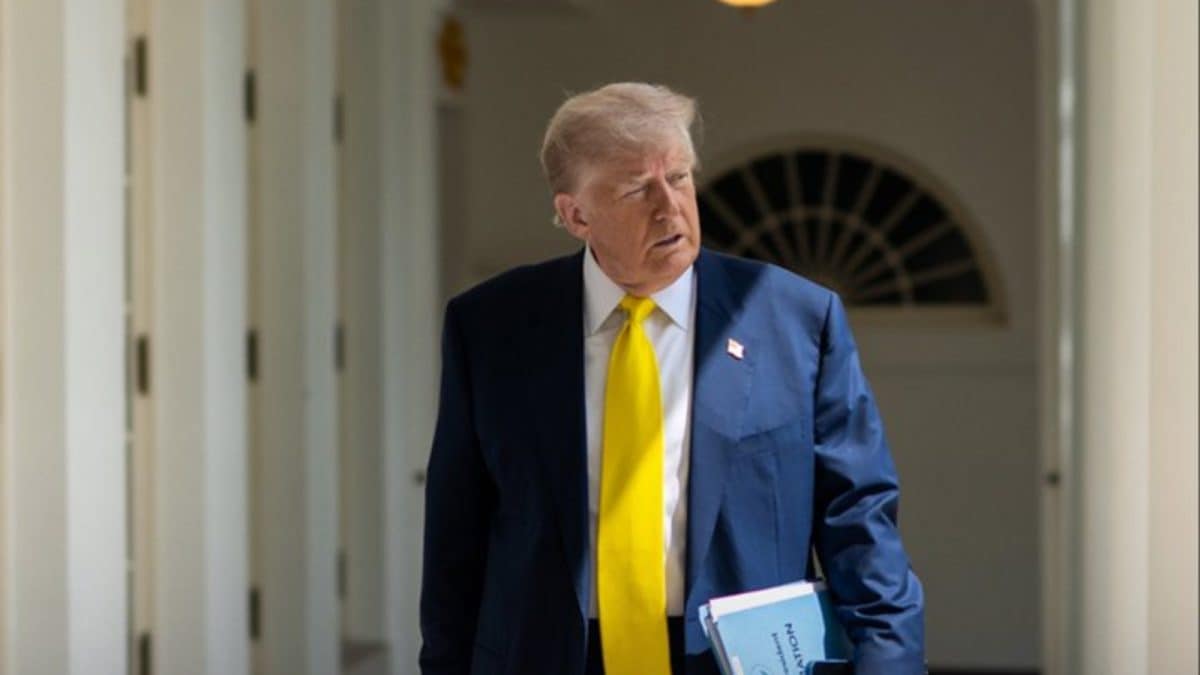In a significant step towards decentralised conservation, the Kerala government has empowered district-level Biodiversity Management Committees (BMCs) to formally designate locally significant species for priority protection.
An order issued by the Environment department authorises the BMCs in district panchayats to identify, propose and notify flora and fauna that are locally threatened, endemic or hold deep cultural importance as “official species.” The move seeks to ensure legal protection and promote conservation efforts rooted in local knowledge and participation.
Traditional crop varieties, medicinal plants, indigenous livestock breeds and associated ecosystems may be recognised for conservation under the new framework. Once declared, any act of destruction, habitat damage or other activity that threatens such species will attract legal action under the provisions of the Biological Diversity (Amendment) Act, 2023.
According to official sources, the measure thus gives statutory weight to local conservation decisions and places accountability at the grassroots level.
Using traditional knowledge
The initiative, based on recommendations by the Kerala State Biodiversity Board (KSBB), aims at safeguarding region-specific biodiversity, reviving traditional ecological knowledge and preventing extinction of local species through a bottom-up governance model. Each BMC will be responsible for regular monitoring of identified species and habitats, maintaining updated records and submitting periodic reports to the KSBB on their protection status and threat mitigation efforts.
The order is considered a unique model of participatory biodiversity governance that could be replicated across the nation.
Presently, the reform is being piloted in Kasaragod and Kozhikode districts, where BMCs have already declared certain species deserving urgent protection. “These districts have successfully demonstrated how local expertise and community involvement, when combined with statutory backing, can drive faster and more sustainable results than conventional top-down conservation models. The move is an example of community-driven conservation and a paradigm shift from bureaucratic conservation,” an official said.
With the success of the pilot phase, the model will soon be expanded across the State to launch biodiversity conservation efforts with a greater role for local bodies.

 2 hours ago
4
2 hours ago
4










 English (US) ·
English (US) ·